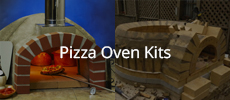I have a couple of cracks in my oven that have been there for 6 or 7 years. It bothered me for about a year.......... I got over it.......... I went in my oven right after plugging the keystone to do some touchups. I'm not going back in there again

 ..
..







Leave a comment: